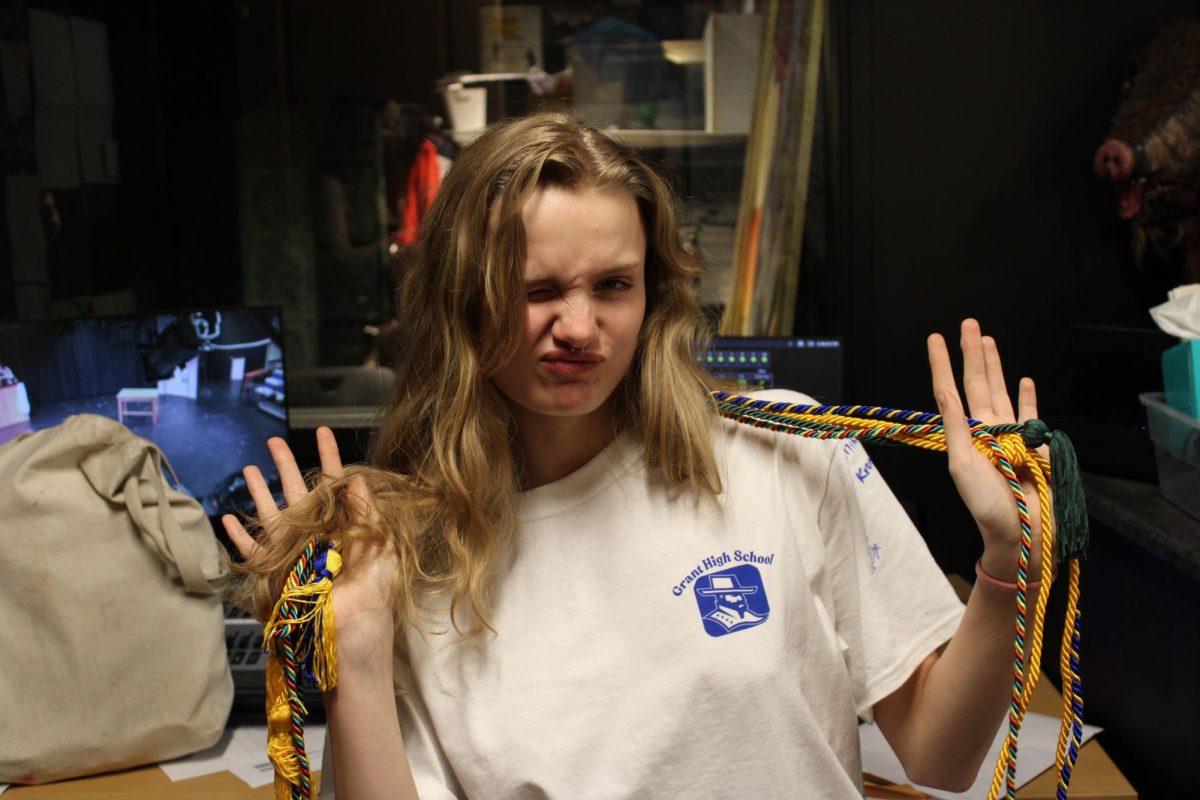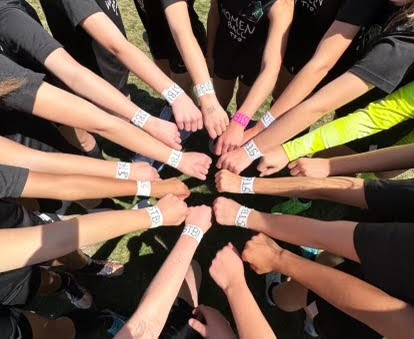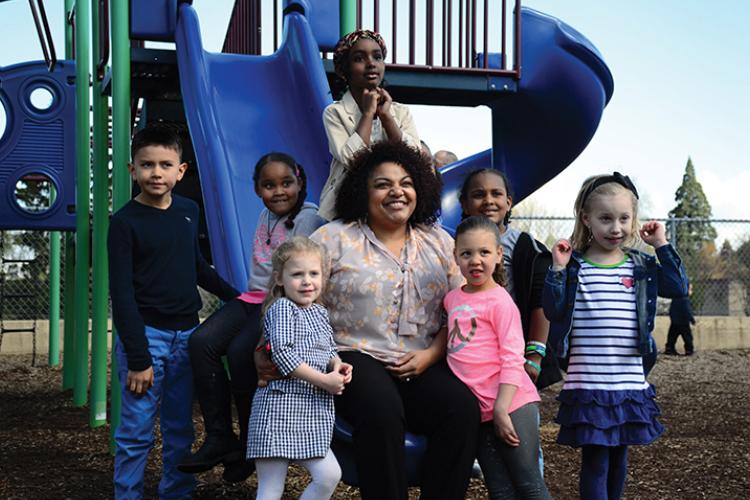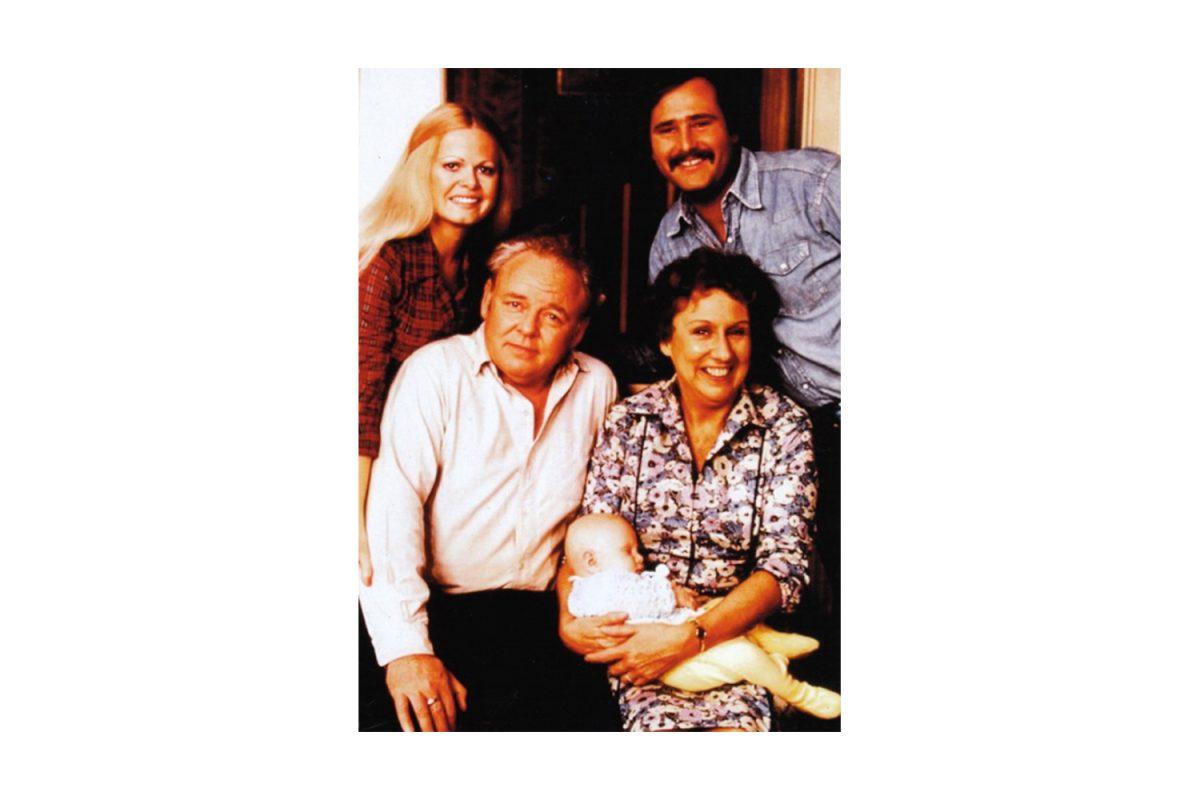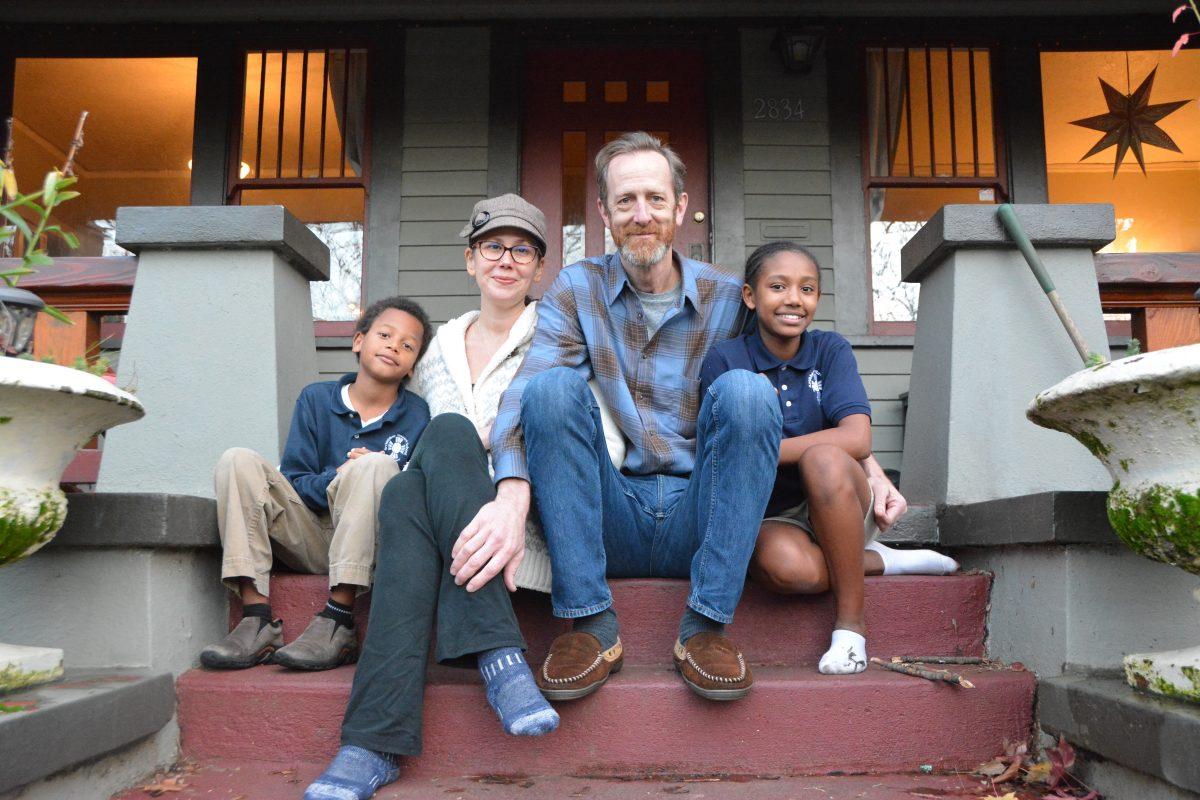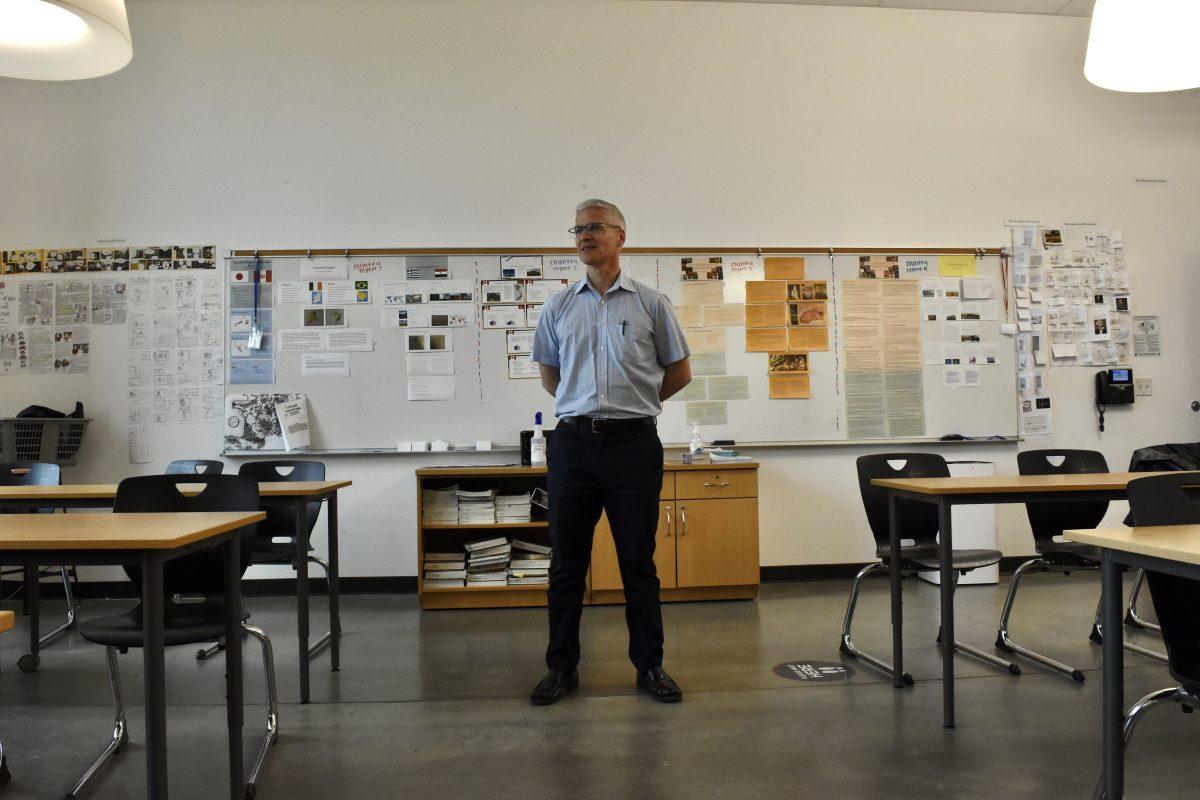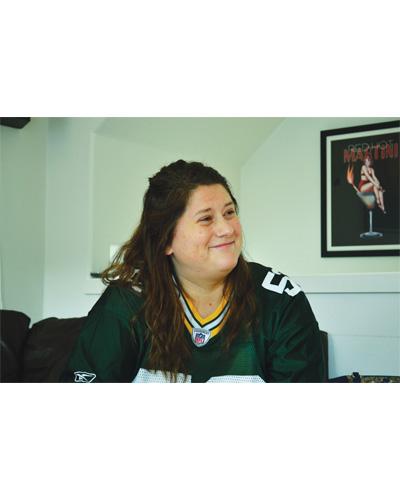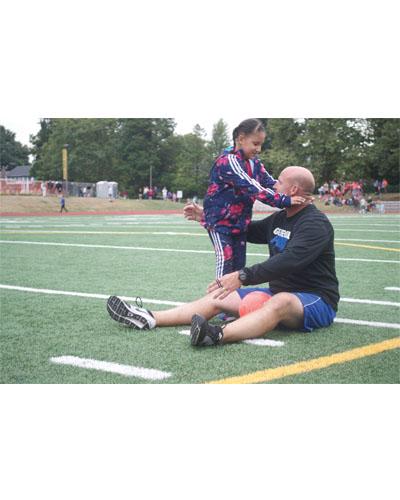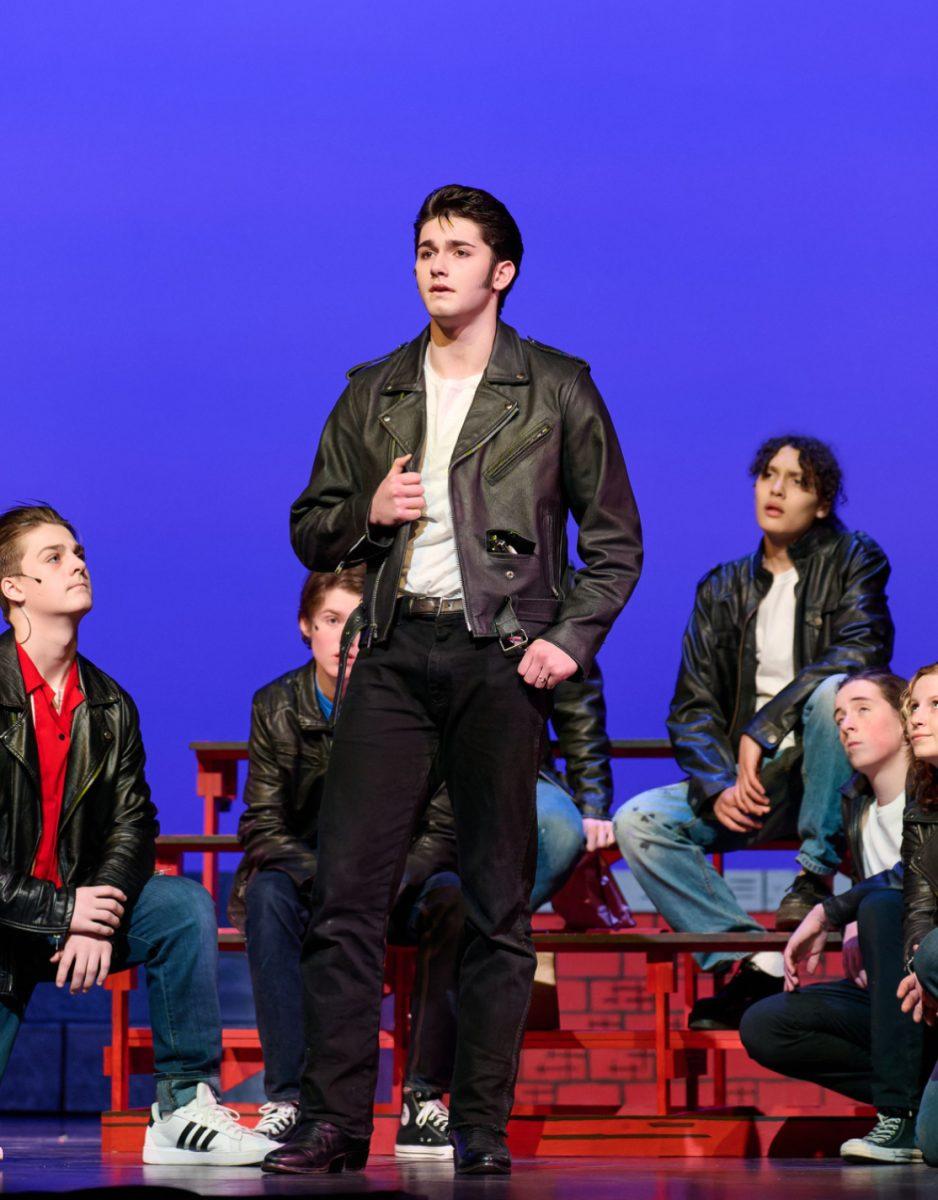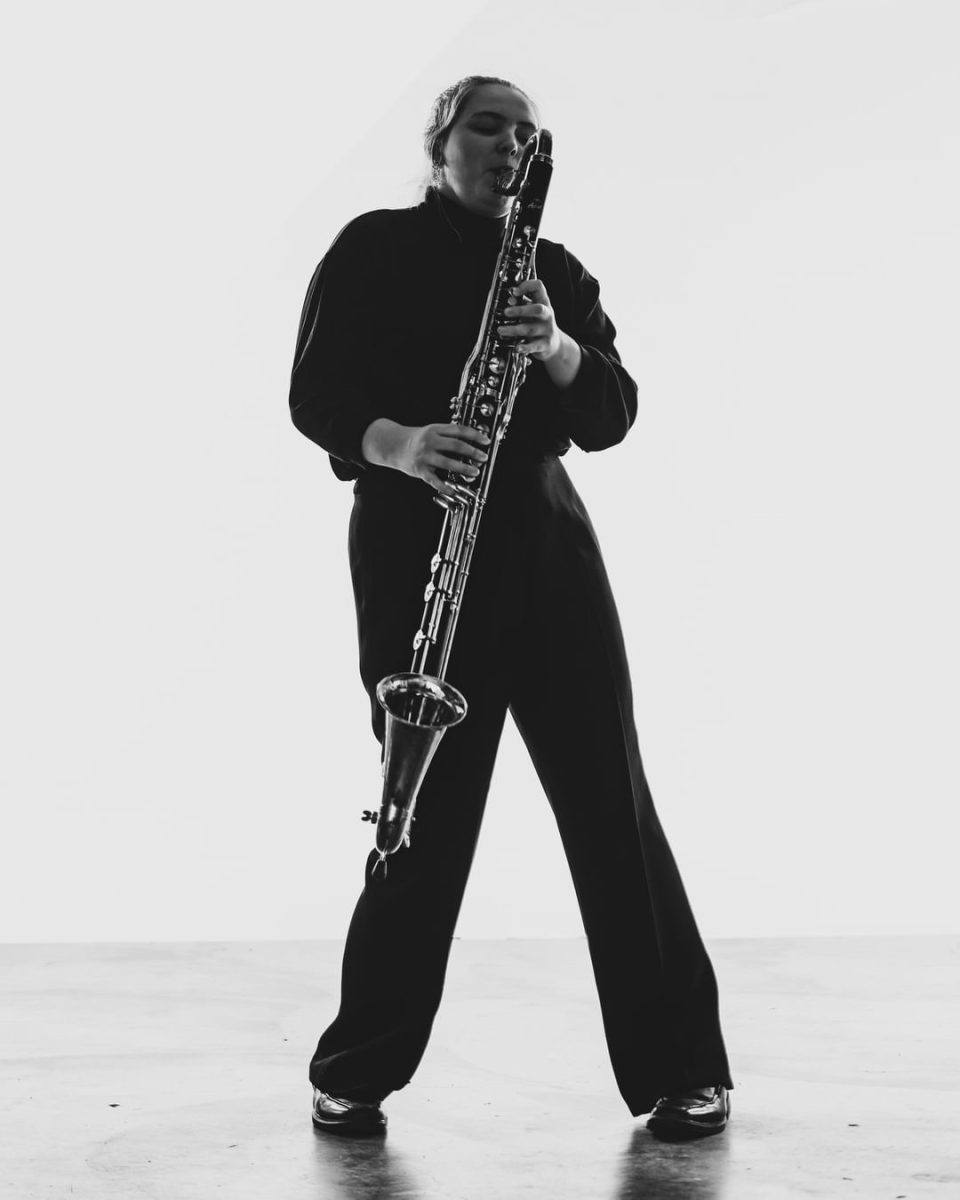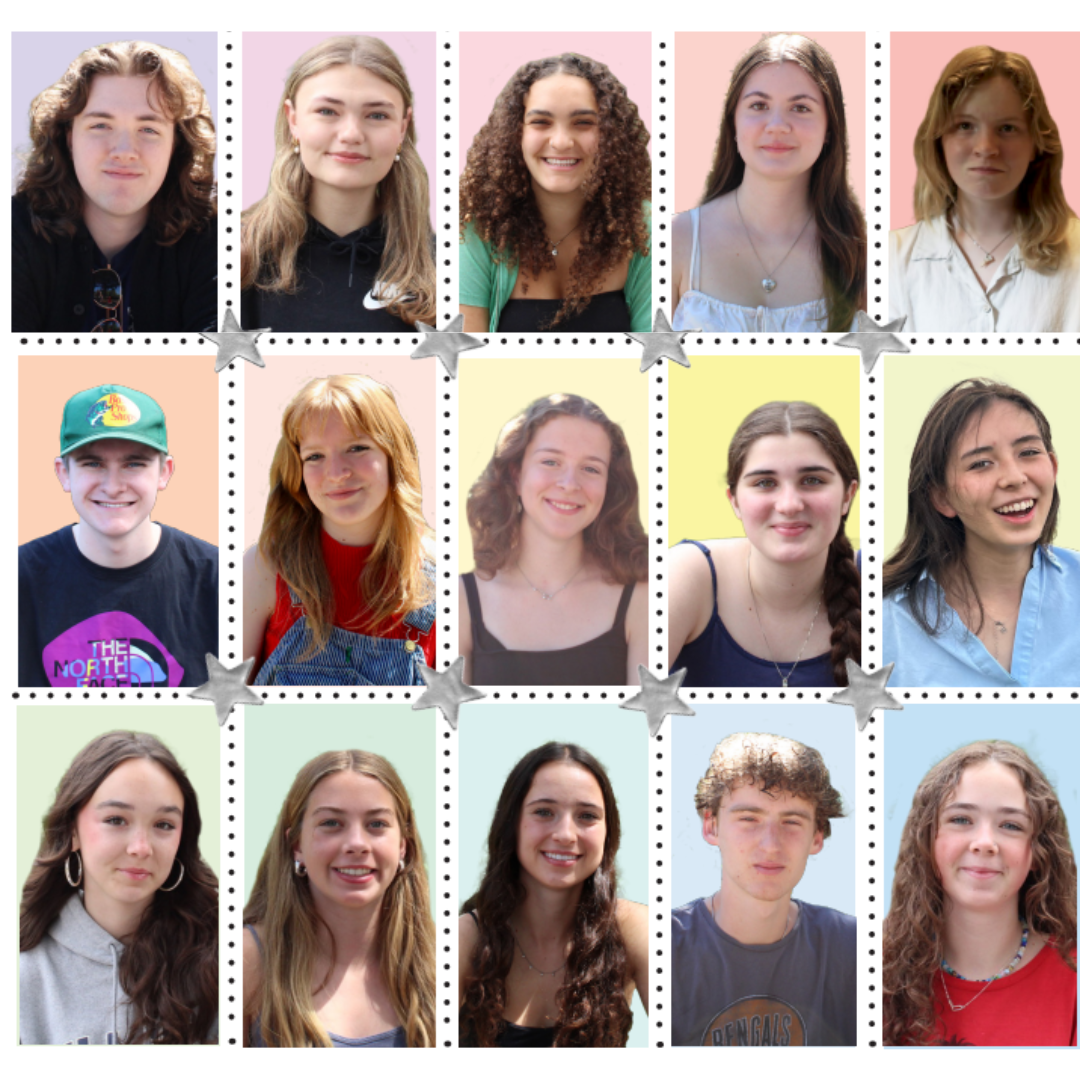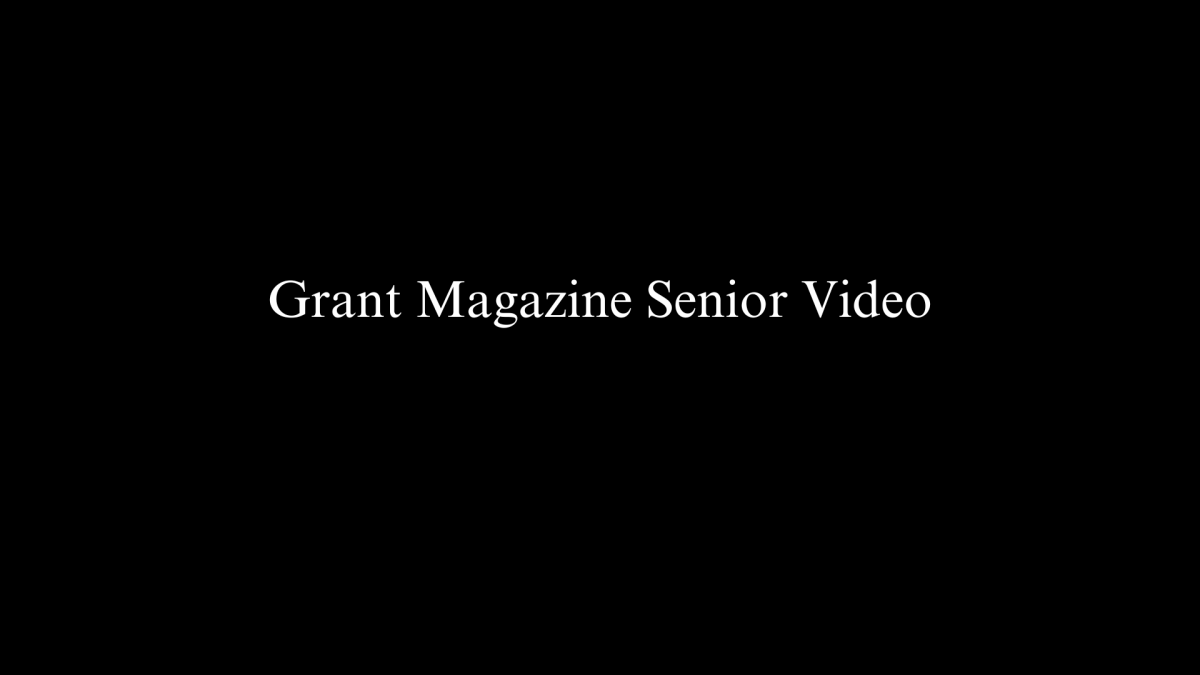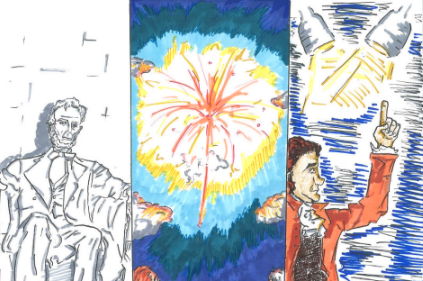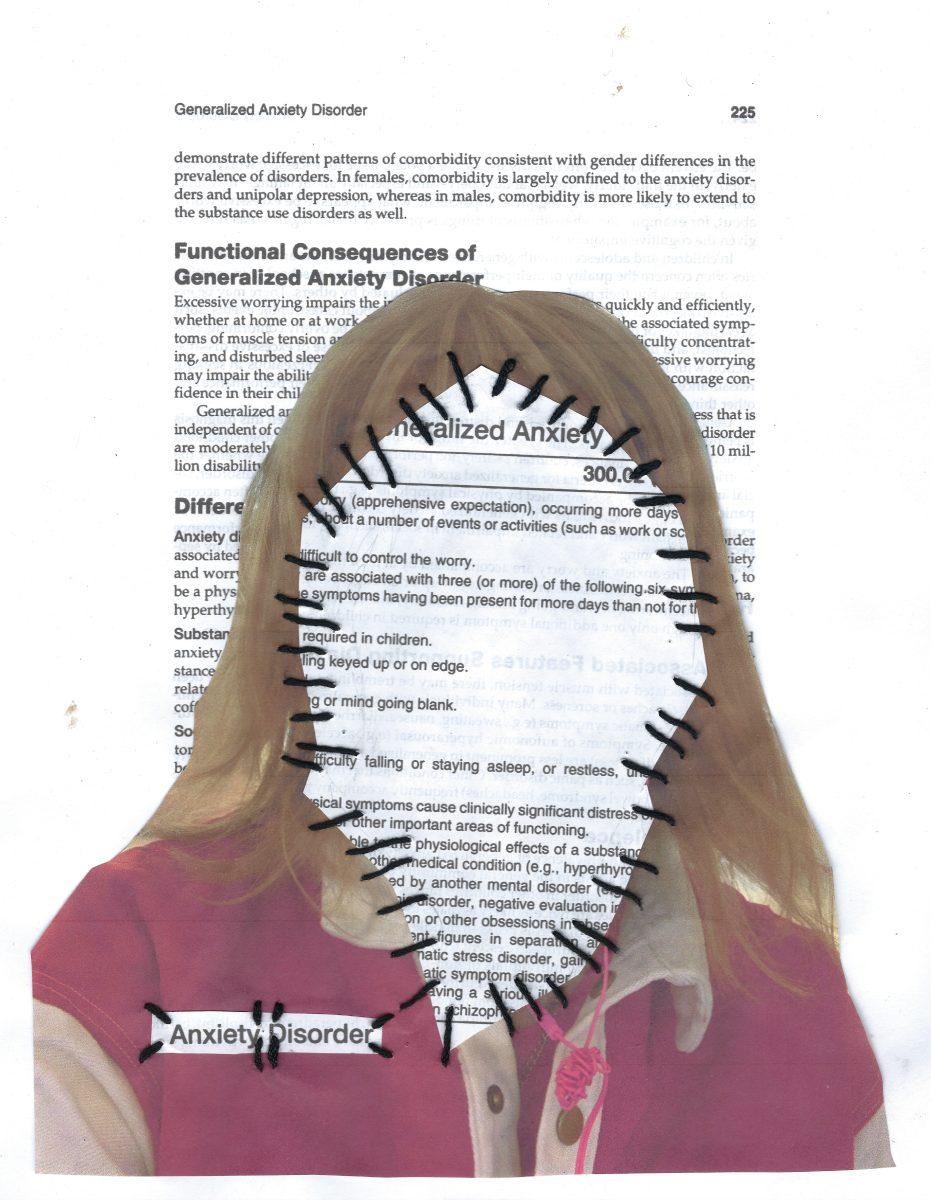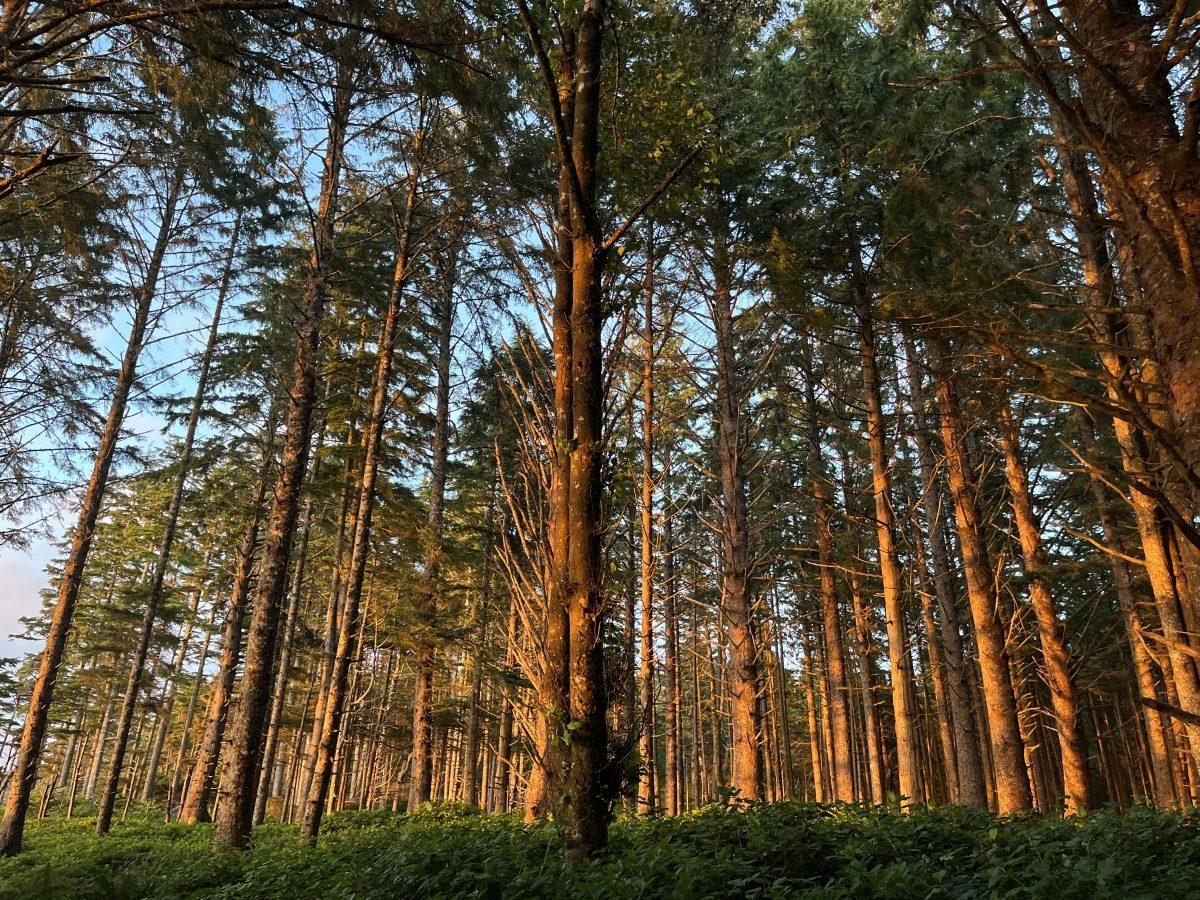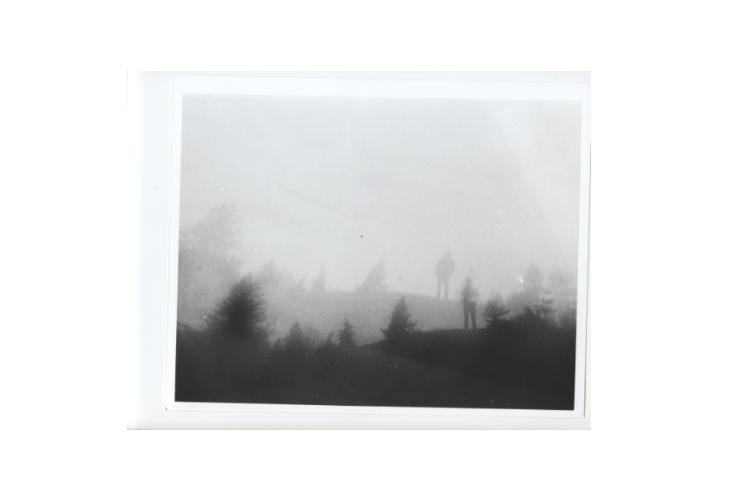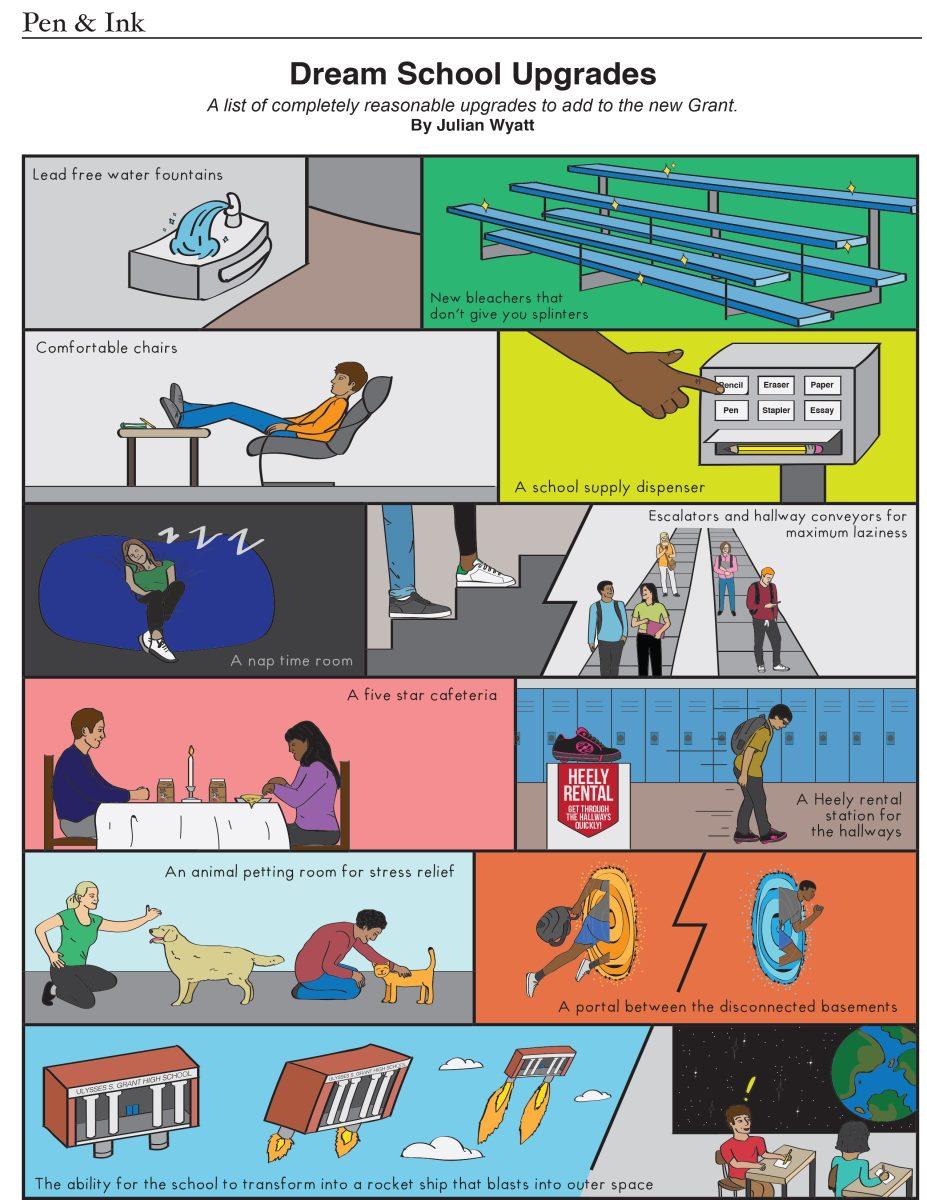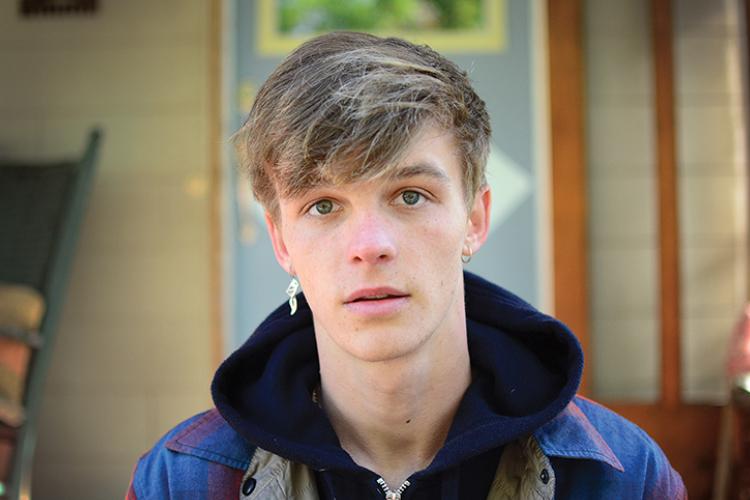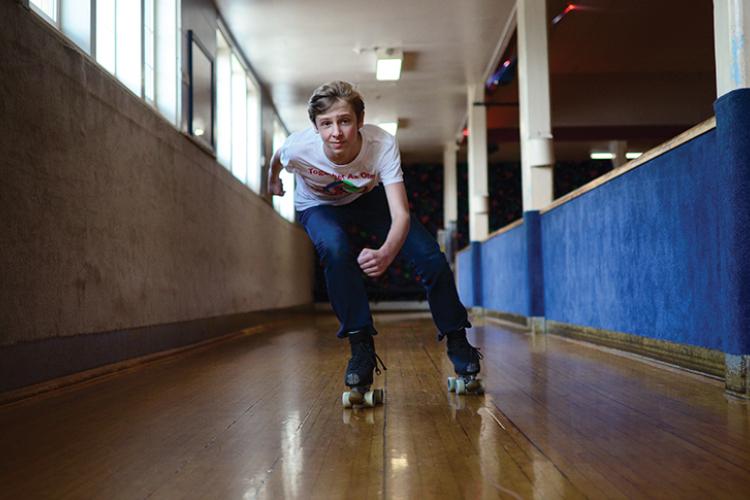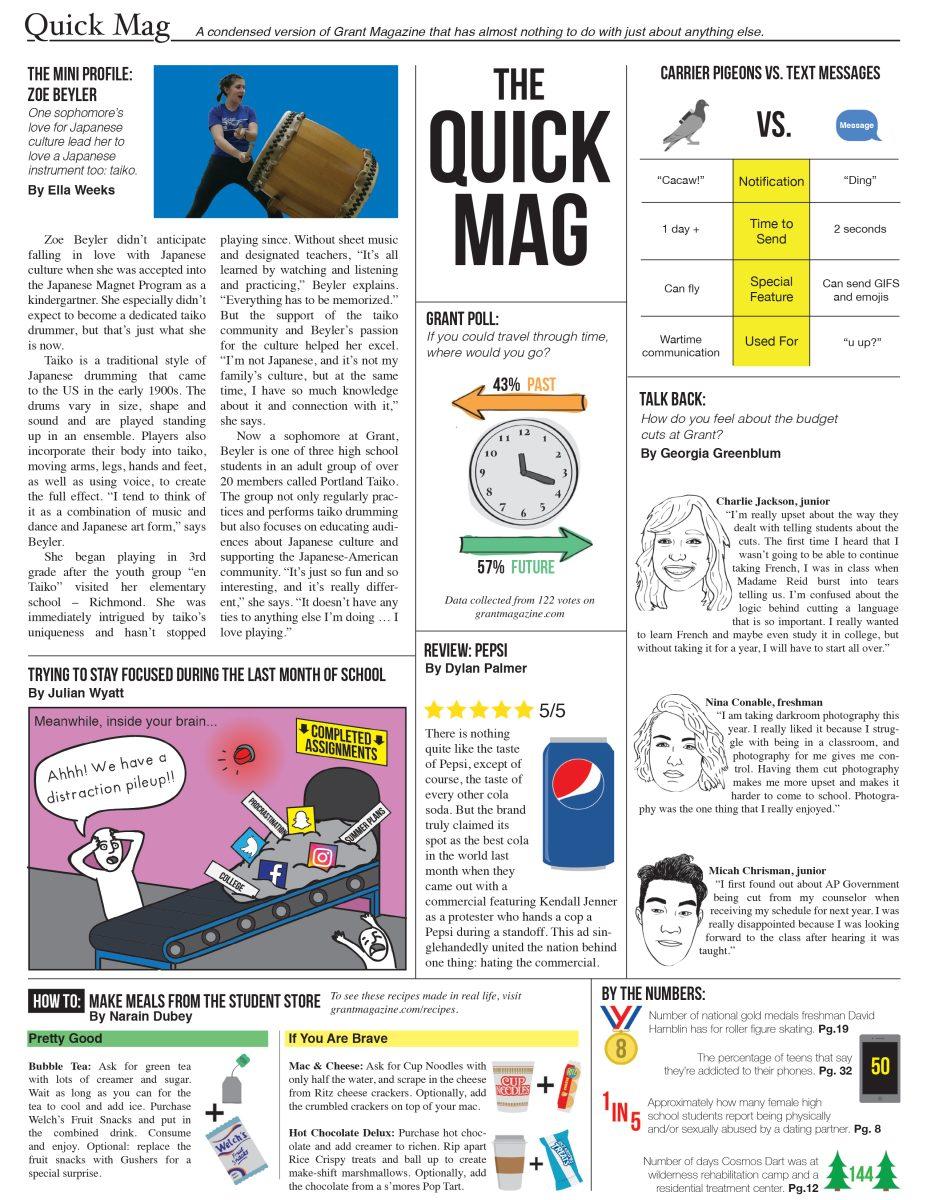
During one of my history classes a few weeks ago, I took a trip to the darkroom photography classroom to use the paper cutter for a class project. As a second year photography student, walking into the room always brings a familiar comfort.
But as I entered the dimly-lit classroom this time, I faced an unusual scene. The comfort I had known for so long was gone. Students were whispering to each other, concerned. Cristy McCarty, the photography teacher, sat at her desk, her face red and tearstained. Older students surrounded her, looking irritated.
I walked over to see what was wrong. Cristy could barely choke it out: “They’re getting rid of the darkroom,” she said.
My mind went numb. I gave her a hug, but I was at a loss for words. As I quietly snuck out of the classroom, Cristy stood up, preparing to break the news to the class.
The second half of the day was an unproductive blur as I tried to grasp why the administration would cut such a successful program, for both the move to Marshall and Grant’s remodel. Darkroom photography has been such a success that most years, students are turned down because the classes are full. When the news first hit, it sparked anger across the photography community at Grant. One senior started a petition called ‘Keep the Darkroom at Grant High School,’ which now has more than 1,400 supporters.
Principal Carol Campbell expressed concerns that the school would struggle to continue finding paper, chemicals and film, even though the program is thriving. But as someone who has delved deep into the world of film photography, I know that the reward of seeing your photograph on paper is worth the hunt for materials.
I first saw Grant’s darkroom when I visited the school for 8th grade information night. The darkroom’s maze-like entrance filled with the pungent smell of chemicals and eerie lights was foreign to me, but it intrigued me.
My sophomore year, I made it into the beginning photography class. I remember the first time I realized how much photography meant to me. It was during a project on the rule of thirds. I put my film in the enlarger and exposed my paper. Placing the paper in the developer, I watched my backyard slowly appear. It was awe-inspiring.
I looked forward to venturing down into the basement every other day and launching into my latest project, whether it was on depth of field, motion or printing for Grant’s annual art show. The excitement I felt every time I yelled “Inside!” as I walked into the darkroom – a class rule that ensures no one runs into each other while leaving or entering the darkroom – made me realize I had found the art form I was passionate about.
I came to love the structure of film photography. Anticipation builds while you wait to see your negatives develop under the red lights of the darkroom. You can make a connection to your prints when you cut the paper, expose and create your photographs.
The photography class also caters toward an untraditional, hands-on learning style that suits me, and other students well. We get to unplug from our technology-oriented environment and go back in time.
For me, unplugging is important. It feels unhealthy sitting and oftentimes staring at screens in class. In the darkroom, I can step back, breathe and escape the stress and chaos of everyday school life.
Now, I’m focusing on cherishing every minute I get in the darkroom before it’s taken away. Next year, the class will look entirely different than what photo students know today. Computers with editing software and scanners will replace the baths of chemicals and tubs of equipment.
I’m disturbed that our school is losing this hands-on class and taking away a powerful and important art form that has been a staple at Grant for over 50 years. Darkroom photography has shaped the way I look at both analog and digital photography and given me a technical understanding of how light, lenses and even chemical composition impact a photo. Without the strong connection between the photographer and the camera that film photography fosters, I start to lose hope for the future of photography at Grant.
I had some free time after school recently and without thinking, I walked down to the basement to catch up with Cristy. As we meandered around the classroom, we talked about summer plans, photography and the future of Grant’s photography program.
“Bye, sweetie,” I heard Cristy call as I left the room. Despite all the questions, uncertainty and worry we both have for the future of Grant’s photo program, I still managed to leave with a sense of calmness. All I can hope is that whatever happens, future students will still find their own connection with photography that is as strong as the one I have with the darkroom. ◆




